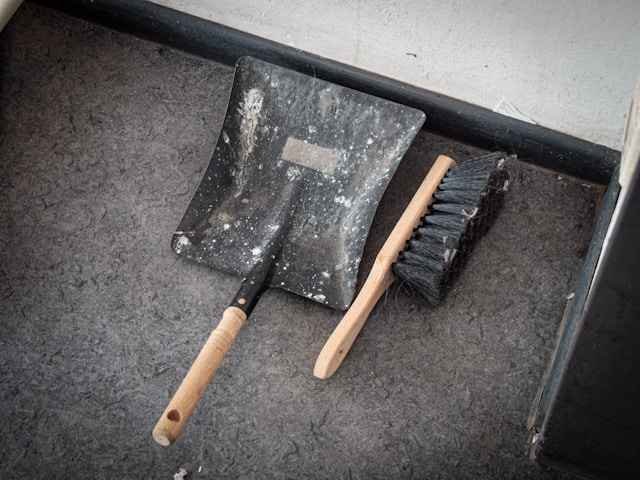Living in Plano means facing a variety of weather conditions throughout the year. These changing weather patterns have a direct impact on the roofs of homes and businesses. Understanding how the local climate influences roof storm damage can help in preparing and protecting properties from costly repairs. This article explores the connection between Plano weather and roof durability, while offering insight into effective responses to storm damage.
Understanding Plano’s Weather Patterns
Plano experiences a mix of weather events that range from heavy rains to intense winds and occasional hail, making roofing in Plano a unique challenge. Spring and early summer often bring severe thunderstorms with strong gusts and heavy downpours. These storms can cause immediate damage, such as dislodged shingles or broken gutters. Meanwhile, the summer heat places additional stress on roofing materials, causing them to expand and contract. This constant weather fluctuation weakens the roof structure over time.
Winter months in Plano are usually mild but can include ice storms or freezing rain. These conditions create slippery surfaces and can lead to ice dams on roofs. Ice dams trap water, preventing proper drainage, which may cause leaks or water damage inside the property. Each season contributes to the wear and tear on roofing materials, making regular inspections essential for maintaining roof integrity.
Storm Damage and Roofing Vulnerability
Strong winds in storms are often the main cause of roof damage. Wind can lift and tear off shingles, leaving the roof exposed to rain and moisture. Once the protective layer is compromised, water can seep into the underlying structure and cause wood rot or mold growth. Hailstorms present another challenge by denting or cracking shingles, which decreases their ability to shield the home.
Heavy rain coupled with poor drainage systems can lead to water pooling on flat or low-slope roofs. Standing water increases the risk of leaks and accelerates material deterioration. The combination of wind, rain, and hail is a common culprit in storm-related roof damage in Plano. Therefore, understanding the vulnerabilities of different roofing types helps in selecting the right maintenance and repair approach.
The Role of Maintenance in Storm Preparedness
Routine roof inspections and timely maintenance play a crucial role in minimizing storm damage. Checking for loose or missing shingles, clearing gutters, and ensuring flashing is secure can prevent small issues from becoming severe problems. After a storm, prompt roof assessments are vital to identify hidden damage that could worsen if left untreated.
Choosing roofing materials designed to withstand local weather conditions is also important. Some materials perform better against hail or wind damage, providing longer-lasting protection. Regular maintenance combined with quality materials can extend the life of a roof and reduce the chances of expensive repairs following storms.
Services Supporting Roof Recovery After Storms
After a significant weather event, professional roof repair services are often necessary. Skilled contractors assess the damage and recommend the best course of action to restore the roof’s functionality. Repairing damaged shingles, fixing leaks, and replacing compromised sections are common tasks.
Experienced roofing specialists ensure repairs are done correctly and efficiently. Prompt action not only restores protection but also prevents further issues such as mold or structural damage. The availability of trusted roof repair services in the area provides peace of mind for homeowners dealing with storm aftermath.
The shifting weather in Plano has a significant effect on roofing conditions. Storms with wind, rain, and hail test the resilience of roofs, making regular upkeep essential. Roofing in Plano plays a crucial role in providing professional services that support both prevention and repair. With proper care and expert assistance, roofs can withstand the demands of the local climate and protect homes effectively.
For more information, visit our website Home Threads







